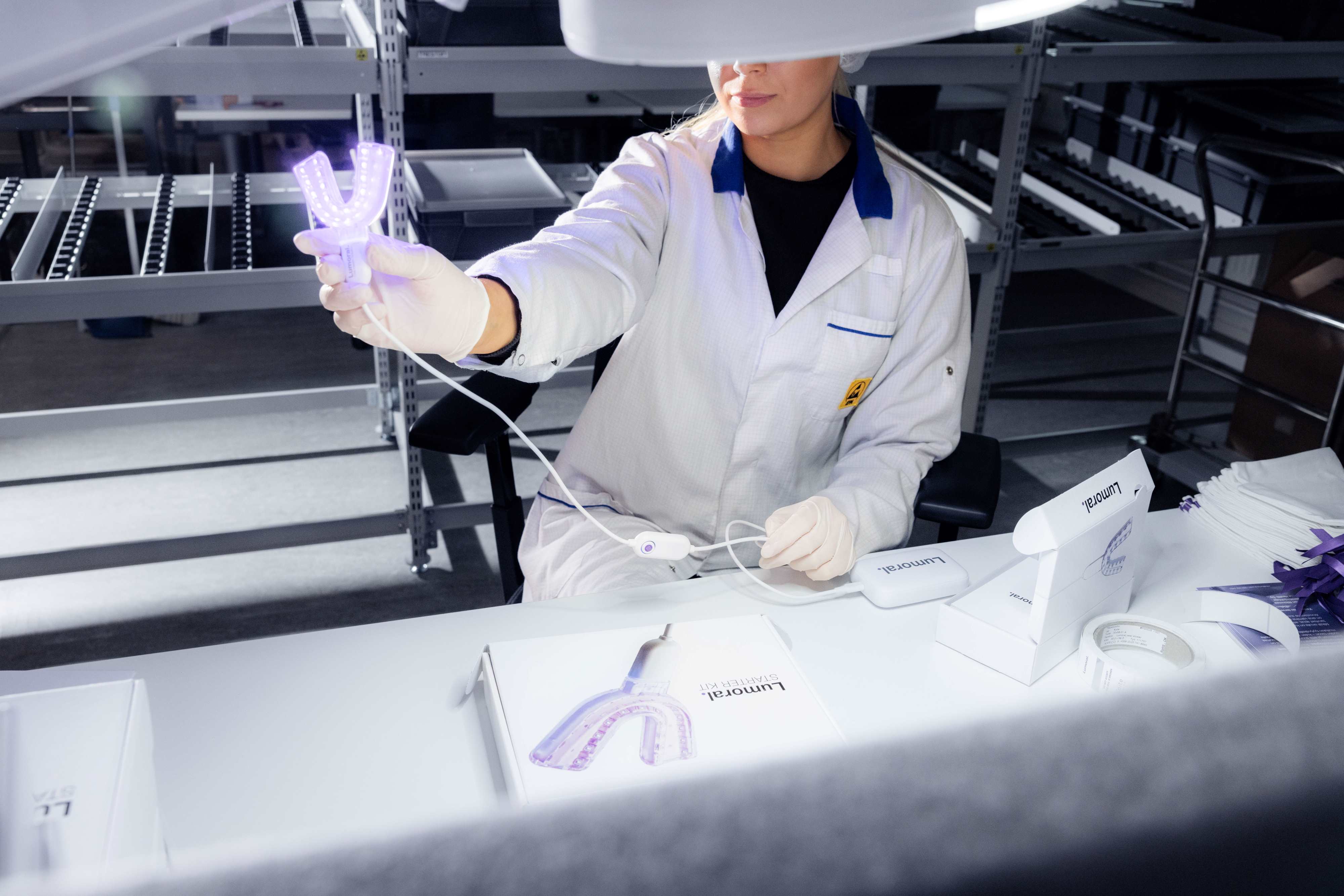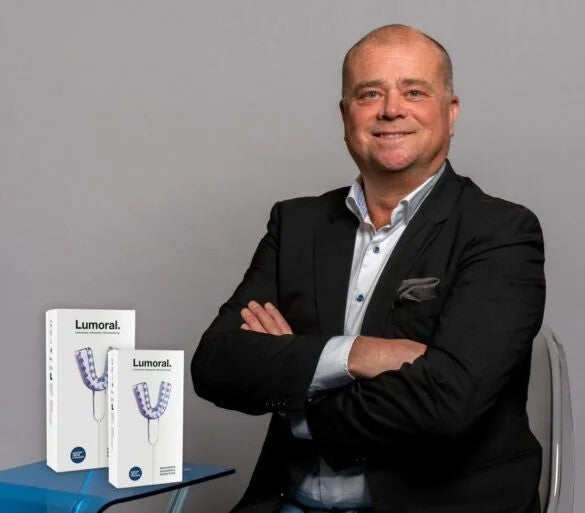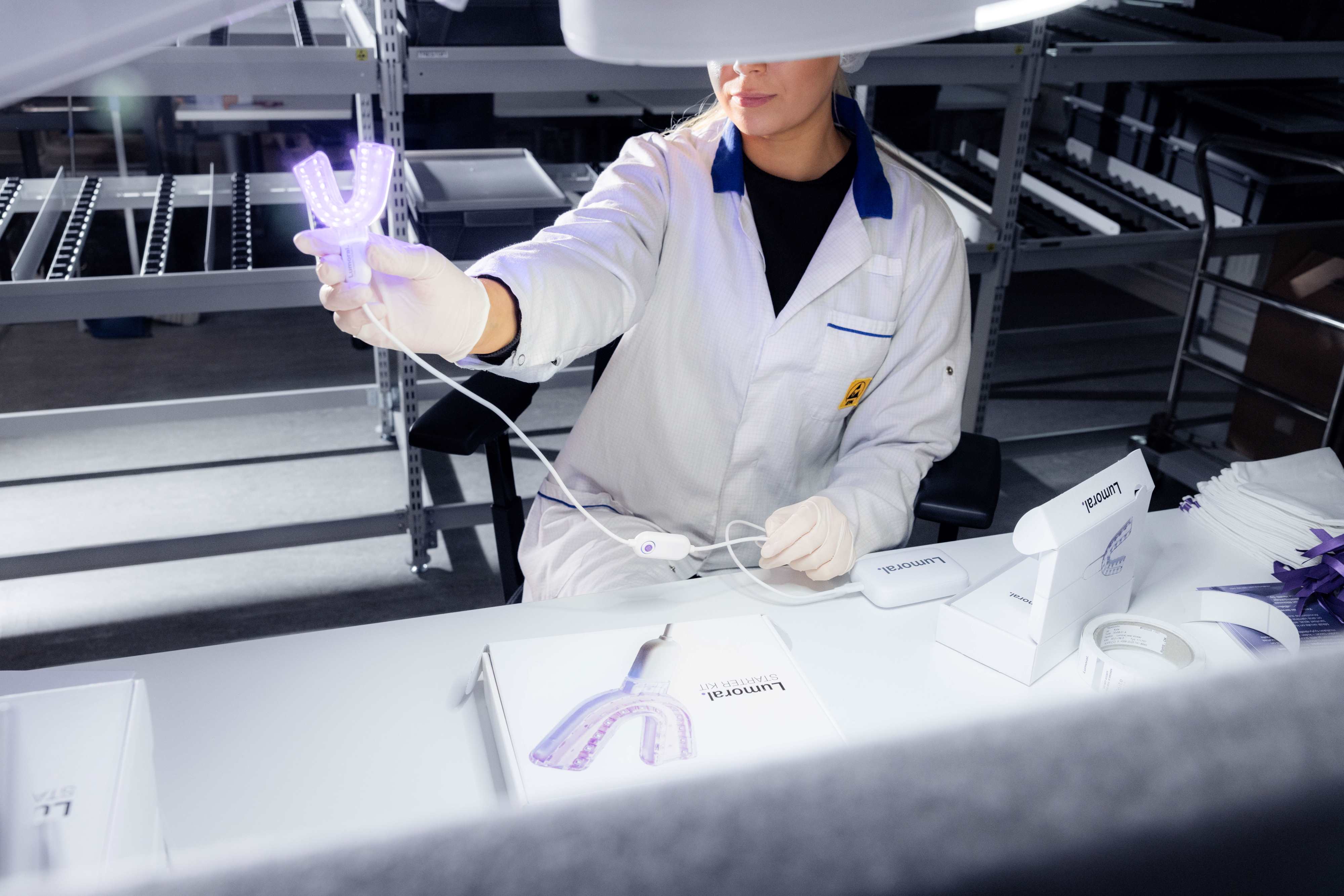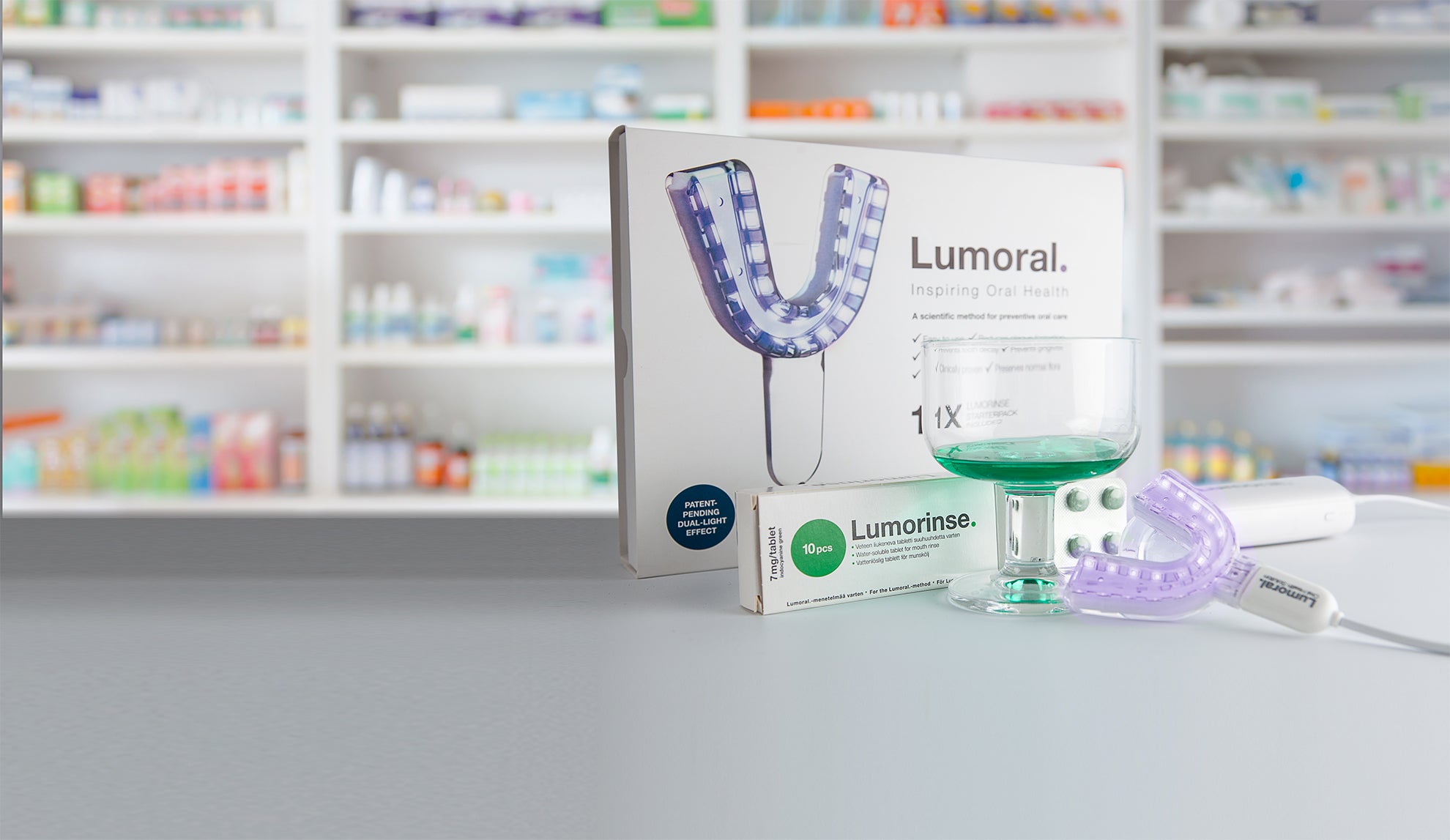- All posts
- 8 Media Venture
- althetics
- aMMP8
- Annimari Korte
- Antibiotic resistance
- Apotek Härtat
- Aqua Dental
- athlete
- Award
- Baltics
- Bonnier
- Bonnier News
- Brain health
- Business
- Cancer
- cardiovascular disease
- caries
- Chemo therapy
- children
- collaboration agreement
- Croatia
- Denmark
- Denta
- Dental erosion
- Dentex
- diabetes
- Dual Light
- Duodecim
- EFP
- EFR
- Estonia
- EuroPerio
- event
- Expodental
- FIBO
- fund raising
- general health
- Gingivitis
- Gum disease
- HAP
- HealthHub Pharma
- HIDES
- Hospital infections
- hospital-acquired pneumonia
- IBD
- Iceland
- IDS COLOGNE
- implantology
- invest
- investment
- italy
- Koite Health
- Latvia
- Lithuania
- lumoral
- Lumoral App
- Lumoral Junior
- Maritime industry
- Media
- MegaGen
- Movie
- News
- Nordic markets
- Nordics
- O
- Olympics
- Oral health
- Oral hygiene
- Oral mucositis
- Patent
- PDT
- peri-implantitis
- Perio Master Clinic
- Periodontitis
- periodontology
- Photodynamic therapy
- Press
- Ranking
- Romania
- Scandinavian Society of Periodontology
- Science
- Seafarer
- Seedtable
- share issue
- Shareissue
- Siblings movie
- Spain
- spots
- Stroke
- Study
- sweden
- Tartar
- techtour
- Thailand
- UK
- United States
- Valentine's Day
- WHO
- World Cancer Day
- World Health Day
- World Heart Day
- world oral health day
- World Smile Day

Koite Health Secures EU MDR Quality Management System Certification for Lumoral Devices
Stockholm, 12 November 2025 Koite Health Oy today announced that it has received the EU Quality Management System Certificate under the European Medical Device Regulation. The certificate covers th...

Koite Health appoints Peter Rådqvist from Sweden as CEO to lead international growth
Koite Health is strengthening its position in Sweden and international markets with a new CEO, expanded pharmacy partnerships, and a new growth strategy. The company's patented Lumoral® innovation,...

Pioneering Finnish Health Tech Firm Delivers a Breakthrough That Amplifies Antibiotic Effectiveness Koite Health Ltd, a trailblazer in health technology, has reached a game-changing milestone with ...

"Using Lumoral brings relief to my gum pain"
67-year-old Ilpo Lommi, a retired but still actively writing Finnish freelance journalist, has always been mindful of his health. Despite an active and healthy lifestyle, he has long struggled with...

Koite Health Takes 3rd Place in Seedtable's Top Health Tech Startups Ranking
Koite Health, a Finnish company transforming oral health, has been ranked 3rd among Finland’s top health tech startups by Seedtable. This recognition highlights Koite Health's groundbreaking effort...

New advances in periodontitis treatment: Lumoral study makes progress in Lithuania
A promising study is underway in Lithuania to investigate the effectiveness of Lumoral Treatment medical device in treating more severe stages of periodontitis. The study "Regular home-use of dua...